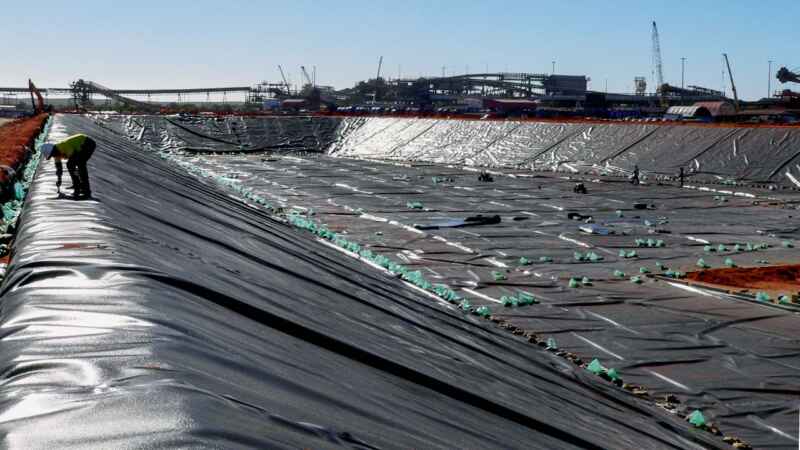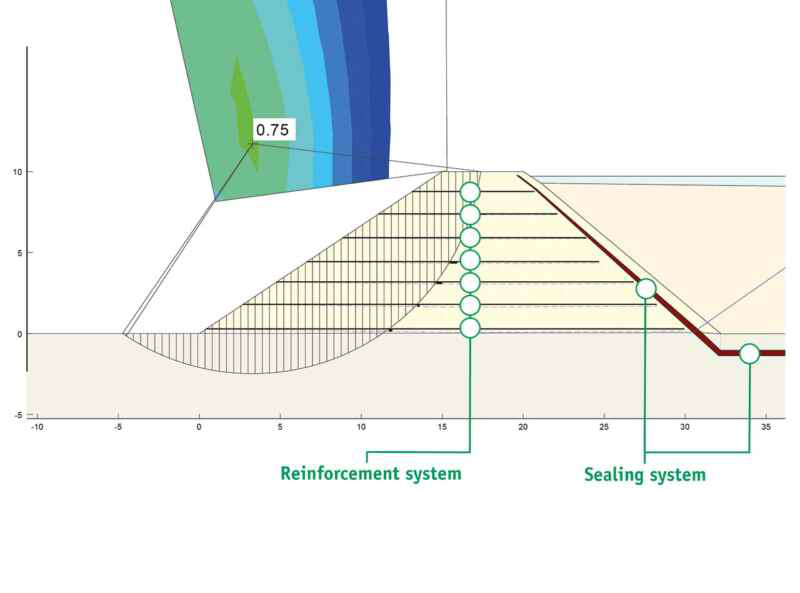
Evaporation is used in a variety of mining operations to |
Diverse salts, for example, can be extracted by evaporation. Lithium-rich brines may be concentrated through evaporation. These materials, For sites where remediation or isolation of a contaminant is a goal, the act of evaporation in an engineered pond can also be an effective solution, The evaporation process generally requires a signifi cant scale to be more effi cient and economical. |
|
In many situations, pregnant solutions are pumped into the engineered pond for multiple cycles until the pond has been fi lled with a sizable As such, long-term performance and durability are essential for an evaporation pond lining system. |
 |
| Solutions for evaporation ponds |
High-density polyethylene (HDPE) geomembranes feature exceptional chemical, stress crack, and UV resistance. Their durability in tough installation conditions makes them an ideal lining material for many mining installations, including evaporation ponds. Geosynthetic clay liners (GCLs) can also be used in evaporation pond applications, depending on what is being contained. Just as one must ensure |
 |